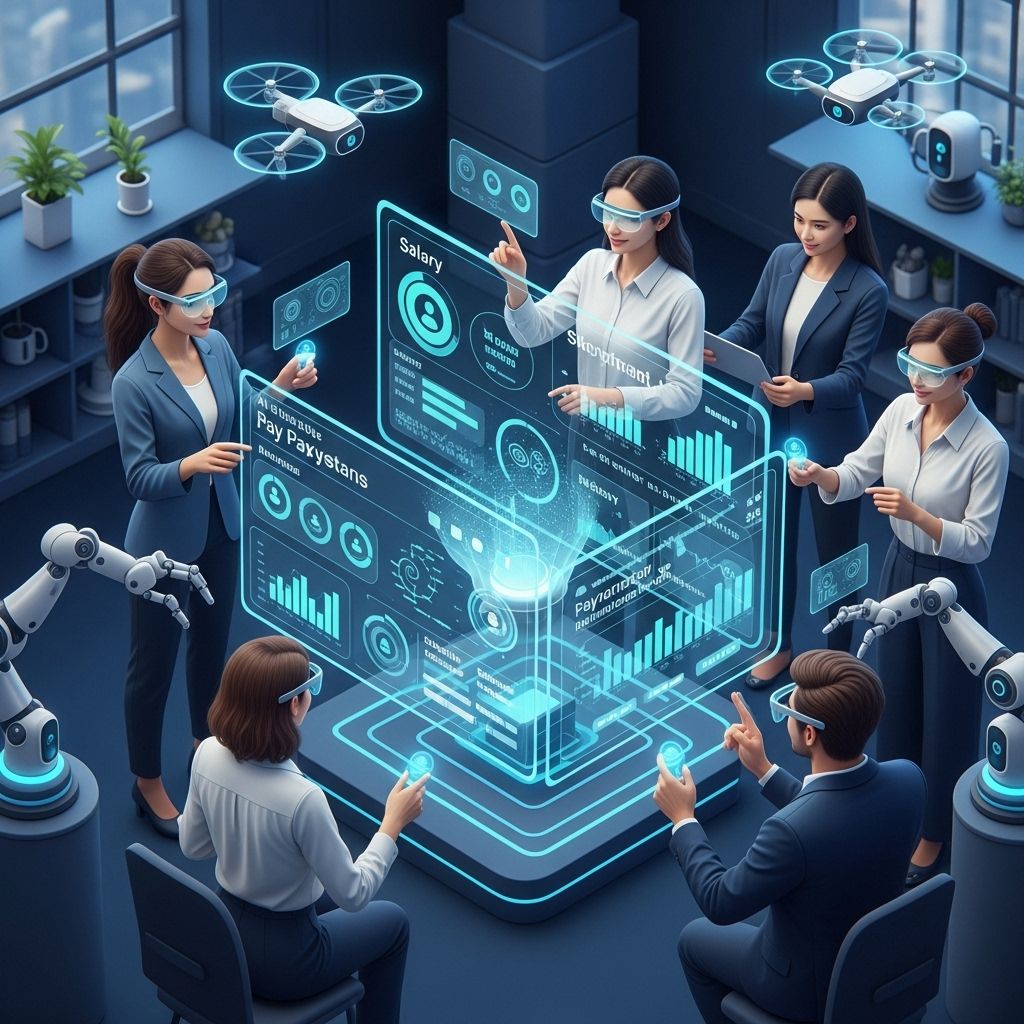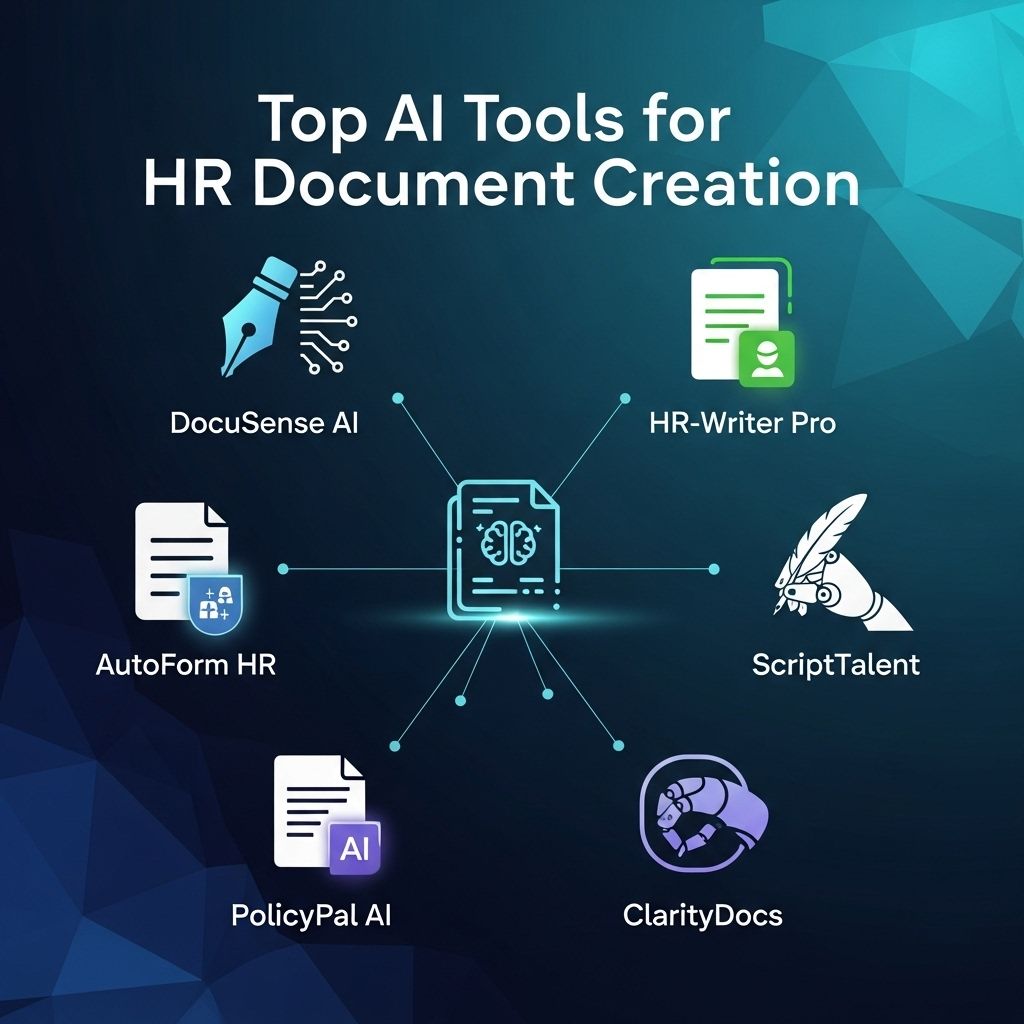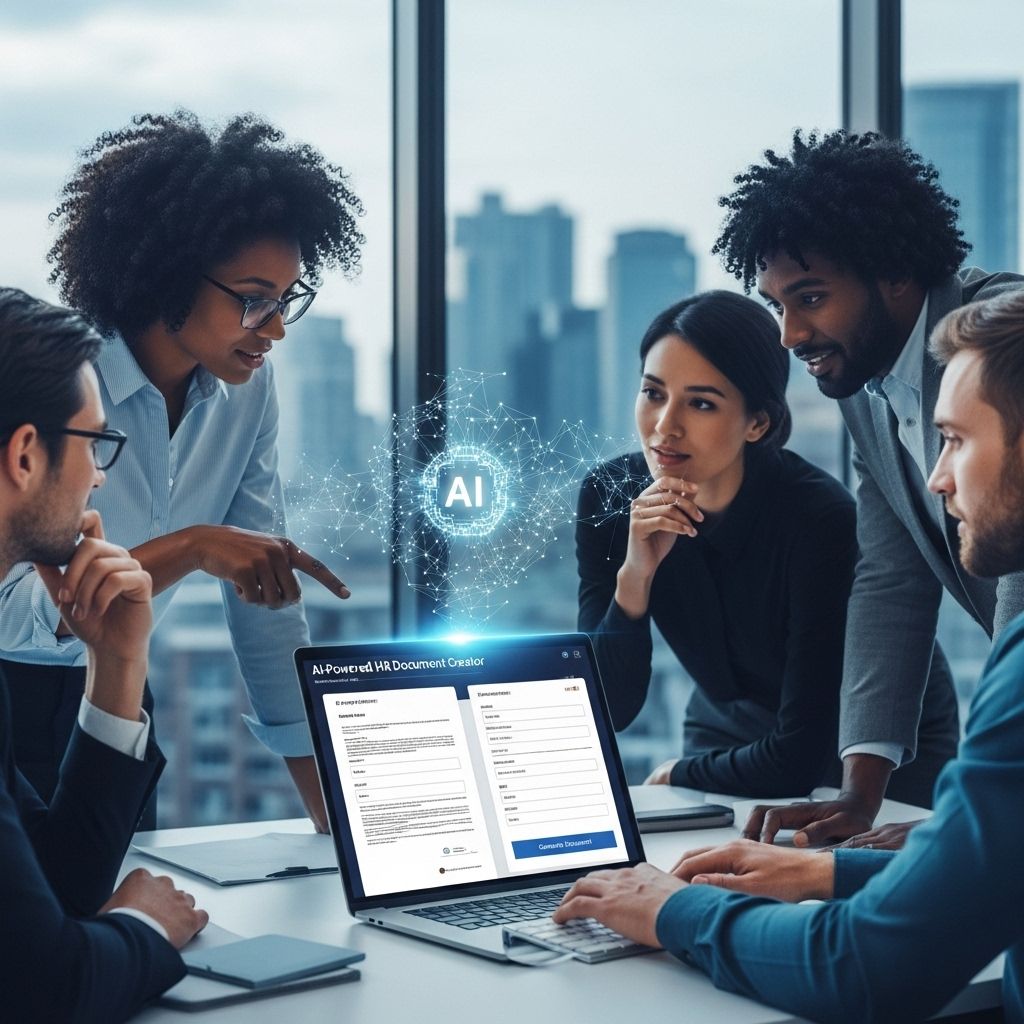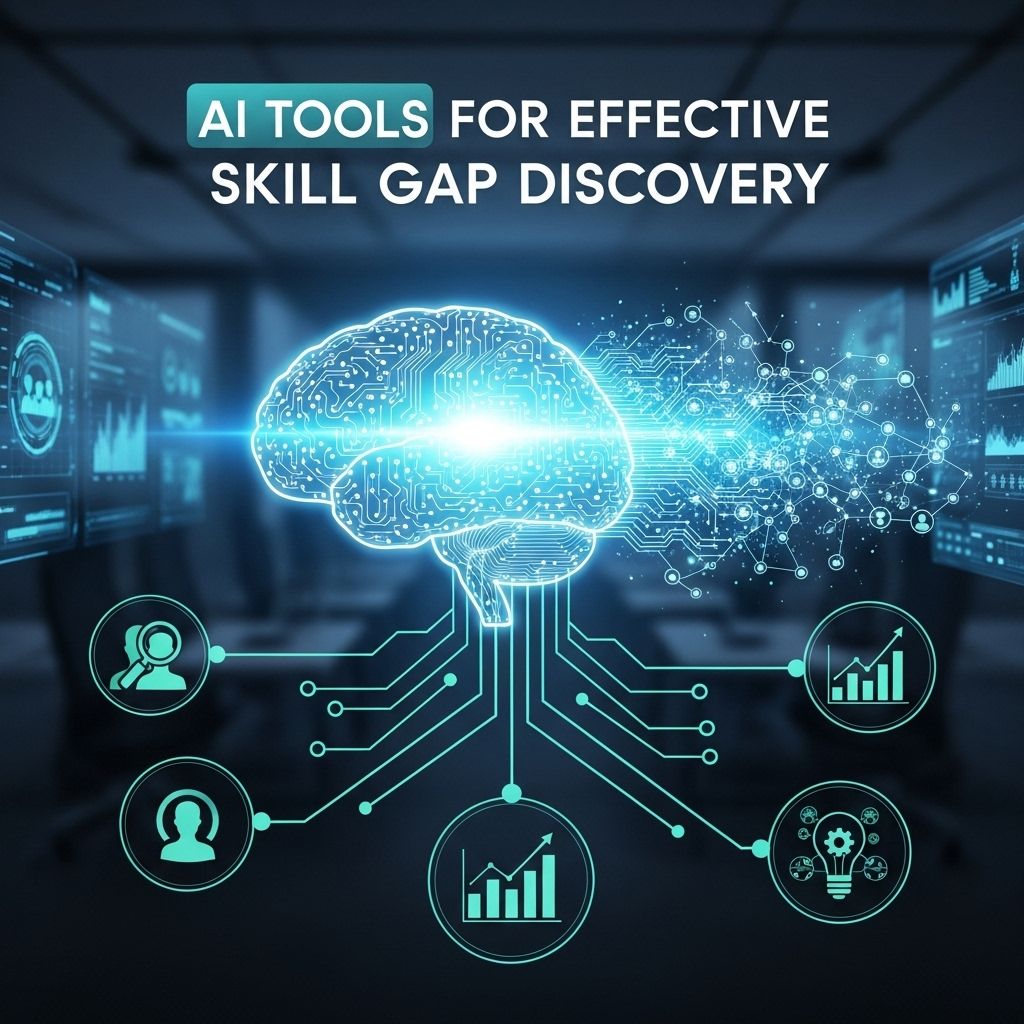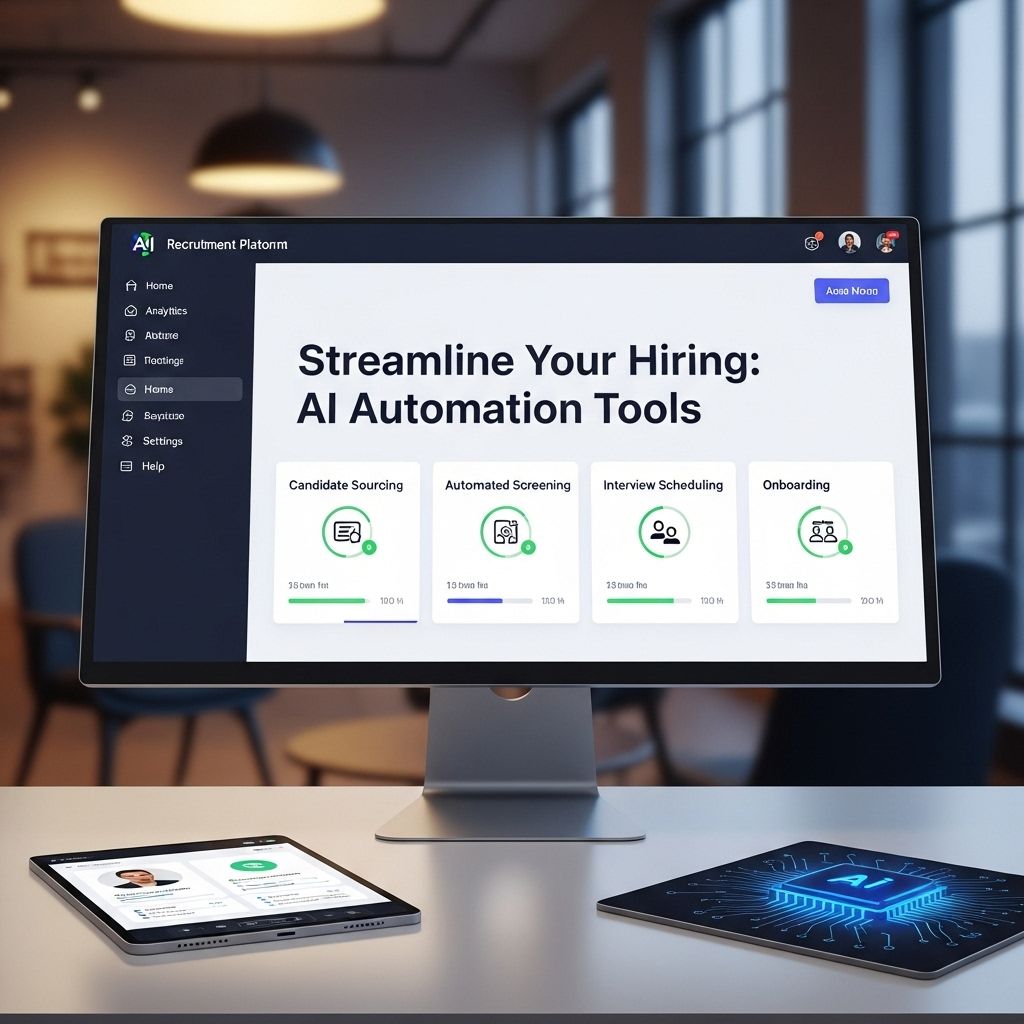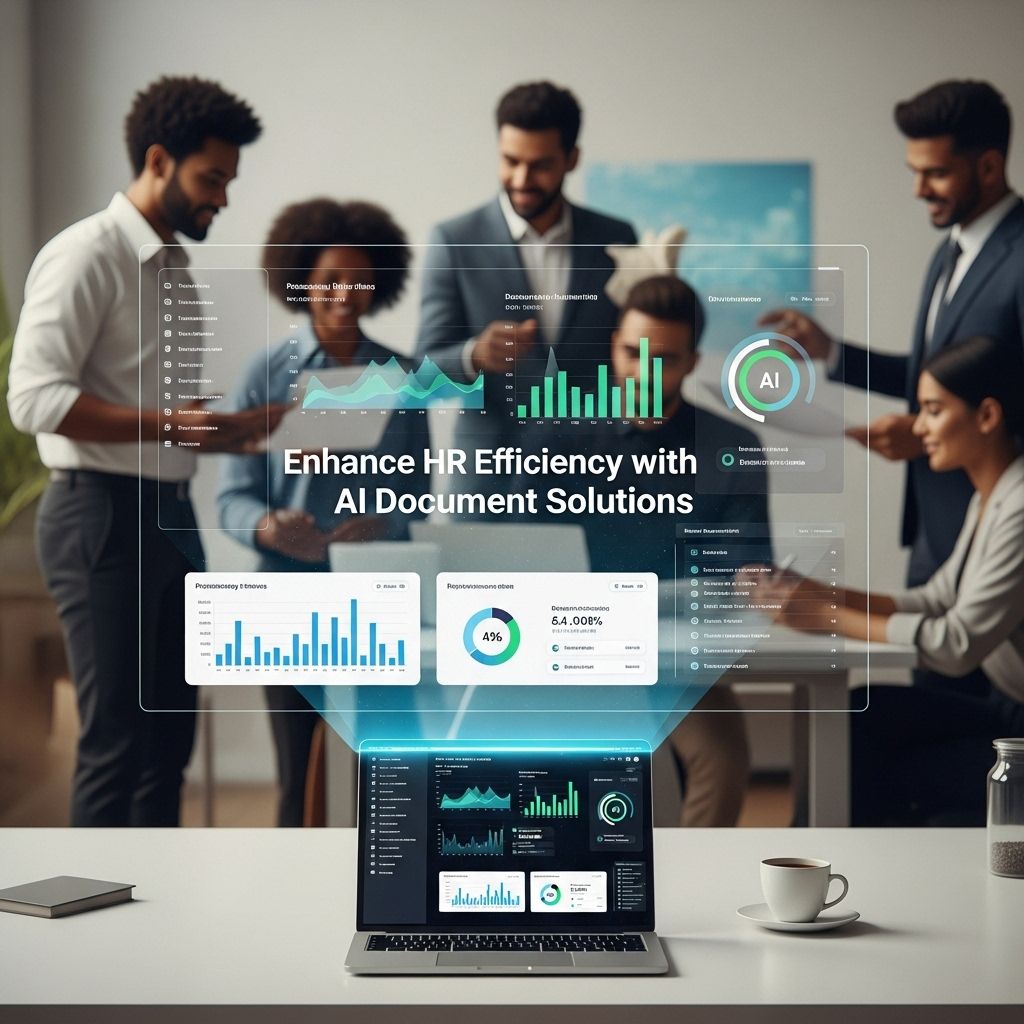Revolutionize HR Drafting with AI Tools
Discover how AI tools can transform HR drafting processes, enhancing efficiency and accuracy in your organization.
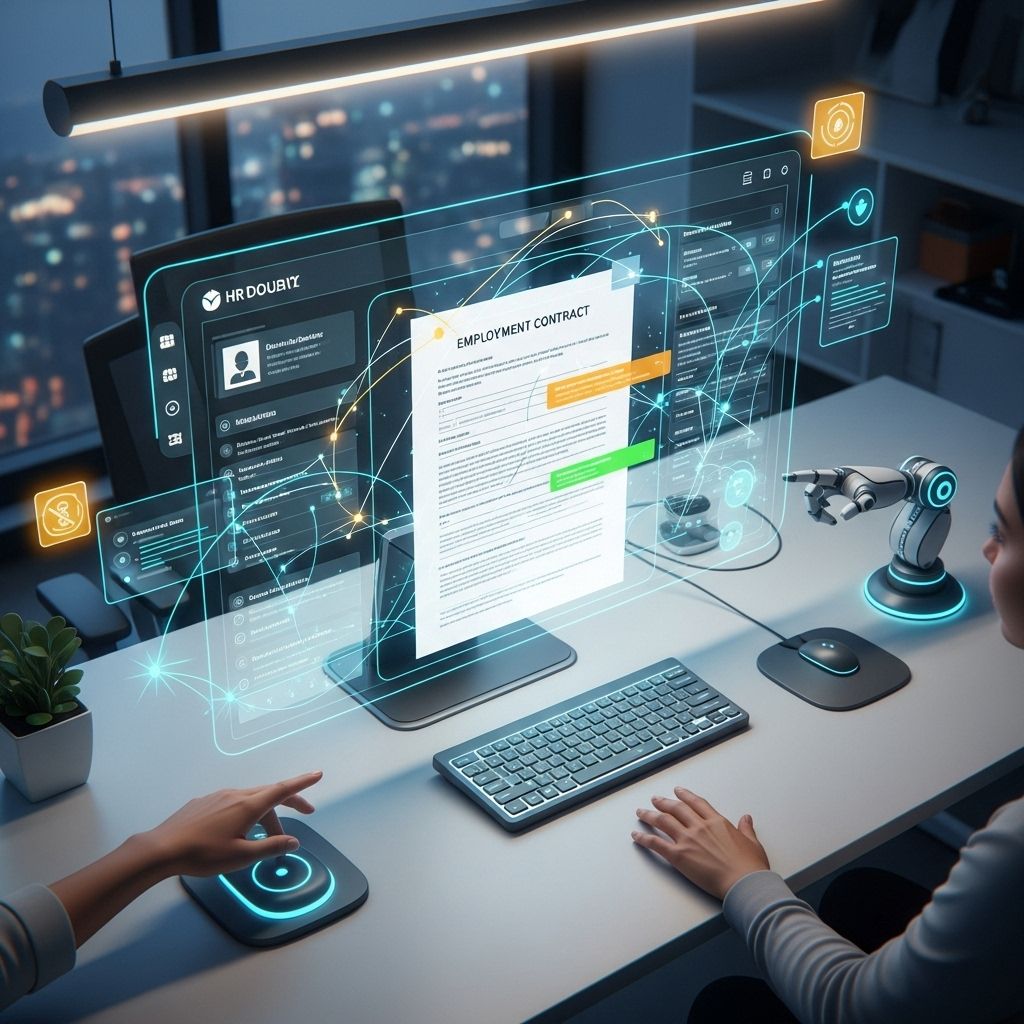
In the ever-evolving landscape of human resources (HR), the integration of artificial intelligence (AI) has opened up new avenues for efficiency, accuracy, and innovation. AI tools are transforming traditional HR practices, enabling organizations to streamline processes, enhance decision-making, and improve employee experiences. This article delves into the various dimensions of AI in HR drafting, exploring its benefits, applications, and future potential.
Table of Contents
The Rise of AI in Human Resources
Artificial intelligence is not just a passing trend; it’s a disruptive force reshaping numerous industries, including HR. The rise of AI in HR can be attributed to several factors:
- Data-Driven Decisions: Organizations are increasingly relying on data analytics to inform their HR strategies.
- Automation of Repetitive Tasks: AI tools automate routine tasks, allowing HR professionals to focus on higher-value activities.
- Enhanced Candidate Experience: AI streamlines the recruitment process, making it more efficient for both employers and candidates.
Understanding AI Technology in HR
AI encompasses a broad range of technologies, including:
- Machine Learning: Enables systems to learn from data and improve over time.
- Natural Language Processing (NLP): Facilitates the interaction between computers and human language, crucial for analyzing resumes and feedback.
- Predictive Analytics: Uses historical data to predict future outcomes, assisting with talent management and retention strategies.
Applications of AI Tools in HR Drafting
AI tools can significantly enhance various HR functions, particularly in drafting and managing documents. Here are some key applications:
1. Automated Resume Screening
AI-driven systems can rapidly screen resumes, identifying the best candidates based on predefined criteria. This not only saves time but also minimizes human bias in the selection process.
2. Job Description Generation
With the help of AI tools, HR teams can create job descriptions that are not only clear and concise but also optimized for search engines. This ensures that postings reach the appropriate audience, improving the quality of applicants.
| Feature | Benefit |
|---|---|
| Keyword Optimization | Increases visibility of job postings |
| Standardization | Ensures consistency across job descriptions |
| Inclusivity Suggestions | Promotes diverse hiring |
3. Performance Review Automation
AI tools can facilitate the performance review process by gathering feedback, analyzing employee performance against KPIs, and generating reports. This not only makes the process more objective but also enhances employee engagement through timely feedback.
Benefits of Implementing AI in HR Drafting
Integrating AI tools into HR drafting processes brings numerous benefits:
- Increased Efficiency: Automating routine tasks frees up valuable time for HR professionals.
- Improved Accuracy: AI reduces the likelihood of errors in document creation and data entry.
- Enhanced Compliance: AI tools can help ensure that HR practices adhere to regulations and company policies.
- Data Insights: AI can analyze large volumes of data to identify trends and provide actionable insights.
Cost Considerations
While implementing AI tools may involve initial costs, the long-term benefits often outweigh these investments. Organizations should consider the following cost factors:
- Licensing fees for AI software
- Training costs for HR staff
- Integration expenses with existing systems
Challenges and Considerations
Despite the numerous advantages, the implementation of AI in HR drafting is not without challenges. Organizations must be mindful of the following:
- Data Privacy: Ensuring compliance with data protection regulations is paramount.
- Bias in AI: AI systems can inadvertently perpetuate existing biases if not carefully monitored.
- Change Management: Employees may resist the adoption of AI technologies due to fear of job loss or unfamiliarity.
Strategies for Successful Implementation
To navigate these challenges effectively, consider the following strategies:
- Conduct thorough research on AI tools and their providers.
- Involve stakeholders in the decision-making process.
- Offer training programs to ease the transition to AI-supported HR practices.
The Future of AI in HR Drafting
As AI technology continues to evolve, its role in HR drafting is expected to expand further. Future advancements may include:
- Deep Learning: Enhanced algorithms that predict employee behavior and outcomes with greater accuracy.
- AI-Powered Chatbots: Providing real-time support to employees and candidates.
- Advanced Analytics: Offering predictive insights for talent management and organizational development.
Continuous Learning and Adaptation
HR professionals must stay abreast of AI developments to leverage these tools fully. Continuous learning through workshops, webinars, and conferences will be key in adapting to the rapidly changing HR landscape.
Conclusion
The integration of AI tools in HR drafting presents an unprecedented opportunity for organizations to innovate and enhance their HR practices. By automating processes, improving accuracy, and providing valuable insights, AI can revolutionize how HR departments operate. As organizations embrace this technology, they must also remain vigilant about the challenges it presents and strive for a balance between leveraging AI and maintaining the human touch in HR.
FAQ
What are AI tools for HR drafting?
AI tools for HR drafting are software applications that utilize artificial intelligence to automate and enhance the process of creating human resources documents, such as policies, job descriptions, and employee handbooks.
How can AI improve HR document accuracy?
AI can improve HR document accuracy by analyzing data and ensuring compliance with legal regulations, reducing the risk of errors, and providing real-time suggestions based on best practices.
What are the benefits of using AI for HR drafting?
The benefits of using AI for HR drafting include increased efficiency, time savings, enhanced consistency in documentation, and the ability to quickly adapt to changing regulations.
Is AI-driven HR drafting suitable for small businesses?
Yes, AI-driven HR drafting is suitable for small businesses as it can streamline processes and reduce the need for extensive HR expertise, allowing smaller teams to manage their documentation effectively.
How does AI ensure compliance in HR documents?
AI ensures compliance in HR documents by continuously updating its database with the latest labor laws and regulations, and providing recommendations to align documents with these standards.
Can AI tools customize HR documents for different industries?
Yes, many AI tools can customize HR documents for different industries by taking into account specific requirements, terminology, and compliance needs unique to those sectors.


